Launching a Sustainable Lingerie Line: A 5-Step Guide from a GRS-Certified Manufacturer?
You're passionate about protecting the planet and want to build a lingerie brand that reflects your values. But navigating the complex world of sustainable sourcing, certifications, and manufacturing feels overwhelming, leaving you unsure where to even begin.
Launching a successful sustainable lingerie line involves five key steps: defining your specific eco-mission, sourcing certified materials like GRS-recycled fabrics, designing for longevity, partnering with a genuinely certified manufacturer, and marketing your story with radical transparency. Following this roadmap turns your passion into a credible, marketable brand.
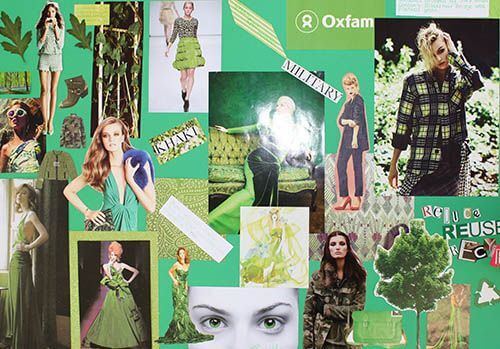
The future of fashion is sustainable, and customers are actively seeking brands that are genuinely committed to making a difference. As a GRS (Global Recycled Standard) certified manufacturer, I see a wave of passionate founders entering this space. But I also see many struggle, getting lost in the complexity. They fall for greenwashing or get stuck at the material sourcing stage. The good news is that there is a clear path forward. At HAVING (China) Ltd., we've built our expertise to help brands like yours succeed on this journey. This guide is our proven 5-step framework to take your sustainable vision from a dream to a successful launch.
Step 1: Are You Defining Your "Shade of Green"?
You want to be a "sustainable brand," but what does that actually mean for you? This term is broad and can be confusing. Without a specific focus, your message will be weak and your sourcing efforts will be unfocused.
Before you do anything else, you must define your specific sustainability mission. Are you focused on using recycled materials (like GRS polyester), championing organic fibers (like OCS cotton), or creating durable, long-lasting products? A clear mission is your brand's north star.
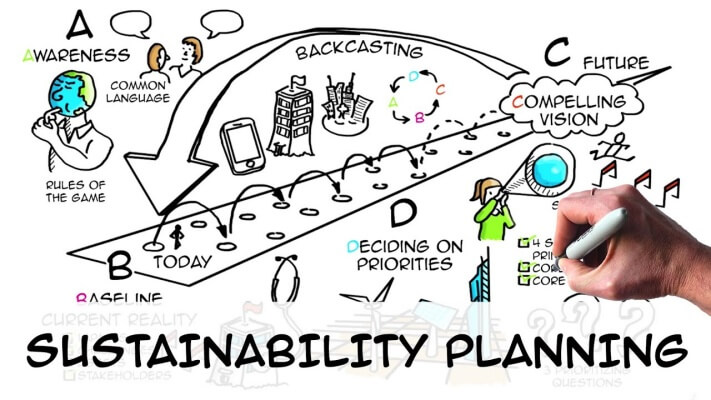
This first step is crucial because it dictates all your future decisions. I've worked with founders who wanted to do everything at once—recycled, organic, zero-waste, vegan—and they ended up paralyzed by the complexity. I advised one client to start with a clear, powerful mission: "To create beautiful swimwear from plastic waste." This clarity made everything easier. It immediately told us we needed to source GRS-certified recycled nylon and find trims made from recycled materials. Your mission statement becomes a simple, powerful story for your customers and a clear directive for your manufacturing partner. It’s the foundation upon which your entire brand is built.
Finding Your Focus
Choose a primary mission to guide you. You can always expand later.
| Sustainability Mission | Focus & Key Certification | Your Brand Story |
|---|---|---|
| **Circular / Recycled** | Using post-consumer waste like plastic bottles. Key cert: **GRS (Global Recycled Standard)**. | "We turn trash into treasure, creating beautiful lingerie that cleans our oceans." |
| **Natural / Organic** | Using fibers grown without pesticides. Key certs: **GOTS (Global Organic Textile Standard)** or **OCS (Organic Content Standard)**. | "We believe what's closest to your skin should be pure and natural." |
| **Longevity / Anti-Fast Fashion** | Focus on timeless design, high-quality durable materials, and impeccable construction. Key cert: **OEKO-TEX®** (for safety/quality). | "Buy less, choose well. We create investment pieces designed to be loved for years, not seasons." |
Step 2: Can You Actually Source and Verify Your Materials?
You've decided on your mission—for example, to use recycled materials. Now you face a huge challenge: how do you find these materials, and more importantly, how do you prove to your customers that they are authentic?
Sourcing sustainable materials requires working with suppliers who provide legitimate certifications. For recycled materials, you must insist on seeing your factory's GRS certificate and demand a Transaction Certificate (TC) for your specific fabric order to ensure a traceable, unbroken chain of custody.
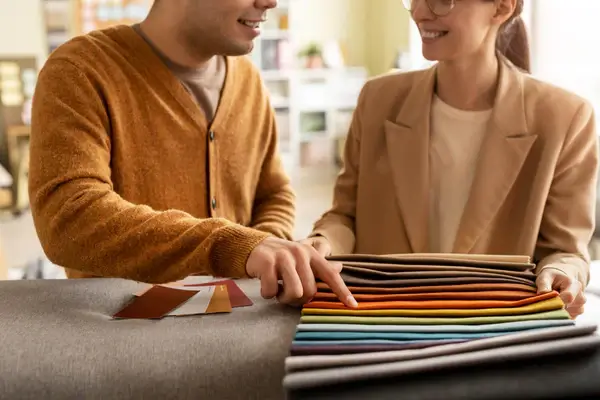
This is the step where greenwashing is most rampant, and where brand founders must be most diligent. Any factory can claim to use "recycled polyester." Only a few can prove it. The GRS standard is the gold standard because it's not just about the fabric; it's about traceability. As a GRS-certified factory, when we produce a line of sustainable swimwear, we have to provide our clients with a TC document. This digital certificate tracks the recycled materials from the plastic bottle collector all the way to our factory, proving the authenticity of every meter of fabric. If a potential factory partner cannot explain what a TC is or hesitates to provide one, you should walk away. It's the only real proof you have.
Your Sourcing Checklist
- Ask for the Factory's Certificate: Request a copy of their GRS or OCS certificate. Check its validity and scope on the Textile Exchange database.
- Confirm They Can Issue TCs: Explicitly ask, "Will you be able to provide a Transaction Certificate for my order?" The answer must be a confident "yes."
- Source Certified Trims: Think beyond the main fabric. Can your supplier also source GRS-certified sewing thread, elastics, and other components?
- Request Samples: Get physical samples of the sustainable fabrics. Do they meet your quality and performance standards?
Step 3: Are You Designing for a Season or a Lifetime?
A core principle of sustainability is reducing consumption. But many brands, even "sustainable" ones, still design products that are meant to be thrown away after a year, following fast-fashion trends.
True sustainable design focuses on longevity. This means creating timeless, versatile styles, using durable construction techniques, and choosing materials that will stand up to repeated washing and wearing. It's about encouraging customers to buy better, not more.
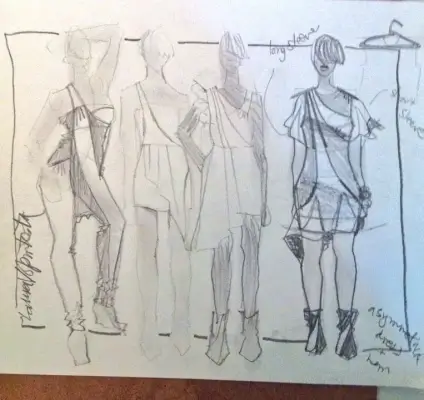
Our "body-before-fabric" philosophy naturally aligns with designing for longevity. A garment that fits the body perfectly is one that people will cherish and wear for years. I often advise our sustainable brand partners to focus on quality over complexity. For instance, instead of a delicate, hard-to-wash lace trim, consider using reinforced, elegant seams as a design feature. Instead of a trendy, seasonal color, choose a classic navy or black that won't go out of style. Use high-quality elastics that won't lose their stretch after a few months. This mindset shift is powerful. It positions your brand as an investment in quality, which is a core tenet of sustainability and a great way to justify a premium price point.
Principles of Designing for Longevity
- Timeless Silhouettes: Focus on classic cuts for bras and panties that are always in demand.
- Durable Construction: Use reinforced stitching (bar tacks) at stress points, like where straps meet the cup.
- High-Quality Components: Choose durable, high-recovery elastics and coated metal hardware instead of cheap plastic.
- Easy Care: Select materials and designs that can be easily cared for by the customer to extend the garment's life.
Step 4: Is Your Manufacturing Partner Truly on Board?
You've done all the hard work: defined your mission, sourced your materials, and perfected your design. Now you need to find a factory to bring it to life. This is where your entire sustainable mission can succeed or fail.
You must partner with a factory that not only holds the necessary certifications (like GRS) but also genuinely shares your commitment to sustainability. Look for a partner who is transparent, knowledgeable, and can guide you through the complexities of the certified production process.
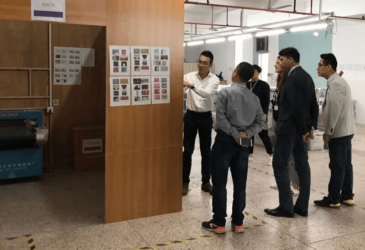
Choosing your manufacturer is like choosing a co-founder. A factory that isn't truly committed will see your requests for certified thread or special handling as a hassle. They might cut corners. A true partner, however, will be an asset. As a certified factory, we have dedicated procedures for handling certified materials. We keep GRS fabrics in a separate, designated area to avoid any cross-contamination with conventional materials. Our staff is trained on the GRS standards. We don't see sustainability as a burden; we see it as a core part of our business and expertise. Your partner should be a source of guidance, not a source of friction.
How to Vet a Sustainable Partner
- Ask for a Virtual Tour: Ask to see their facility via video call. Look for signs of a clean, organized, and professional operation.
- Discuss Their Experience: Ask them about other sustainable brands they have worked with. What challenges did they face and how did they overcome them?
- Review Their Certifications: Don't just take their word for it. Ask for their BSCI (for social compliance) and GRS/OCS/OEKO-TEX® certificates and verify them.
- Start with a Small Trial Order: Before committing to a large production run, start with a smaller order to test their quality, communication, and reliability.
Step 5: Is Your Marketing As Honest As Your Product?
You've created a genuinely sustainable product. Now you need to tell the world. The temptation is to use grand, sweeping environmental claims. But today's savvy consumers can spot inauthentic marketing from a mile away.
Your marketing must be built on a foundation of radical transparency. Don't just say you're "eco-friendly." Tell the specific story of your choices. Explain why you chose GRS-recycled nylon, show pictures of your certified factory, and educate your customers on how to care for their garments to make them last.

The most successful sustainable brands I work with are great storytellers. They turn their supply chain into a marketing asset. One client created a whole page on their website titled "Our Factory," featuring photos of our facility and quotes from me about our shared values. Another created an infographic showing how many plastic bottles were used to make each of their swimsuits. This is so much more powerful than a generic "Go Green" slogan. Your customers want to feel connected to the brands they support. By sharing your journey honestly—including the challenges—you build a level of trust and loyalty that greenwashing brands can never achieve.
Conclusion
Launching a sustainable lingerie line is a commitment to a better way of doing business. By following these five steps, you can create a brand that is not only good for the planet but is also authentic, resilient, and deeply loved by your customers.
Frequently Asked Questions (FAQ)
1. What is the difference between GRS and GOTS?
GRS (Global Recycled Standard) verifies that a product contains recycled material and tracks it through the supply chain. GOTS (Global Organic Textile Standard) is the leading standard for organic fibers (like cotton or linen), ensuring the material is grown and processed organically. They certify different types of materials.
2. Are sustainable fabrics more expensive?
Yes, typically. Certified recycled or organic materials cost more to produce than their conventional counterparts due to the complex processes of collection, sorting, and certification. This cost is an investment in quality, authenticity, and your brand's story.
3. What is "closed-loop" manufacturing?
Closed-loop manufacturing is a highly sustainable process where the chemicals and water used to process a fiber (like in the production of TENCEL™ Lyocell or Modal) are captured, recycled, and reused over and over again in the system, minimizing waste and pollution.
4. How can a small brand afford sustainability?
Start with a narrow focus. Don't try to do everything at once. Begin with one certified material for a small, focused collection. Be transparent with your customers about your journey and your pricing. Many customers are willing to pay a bit more to support a small brand that is genuinely trying to do the right thing.
